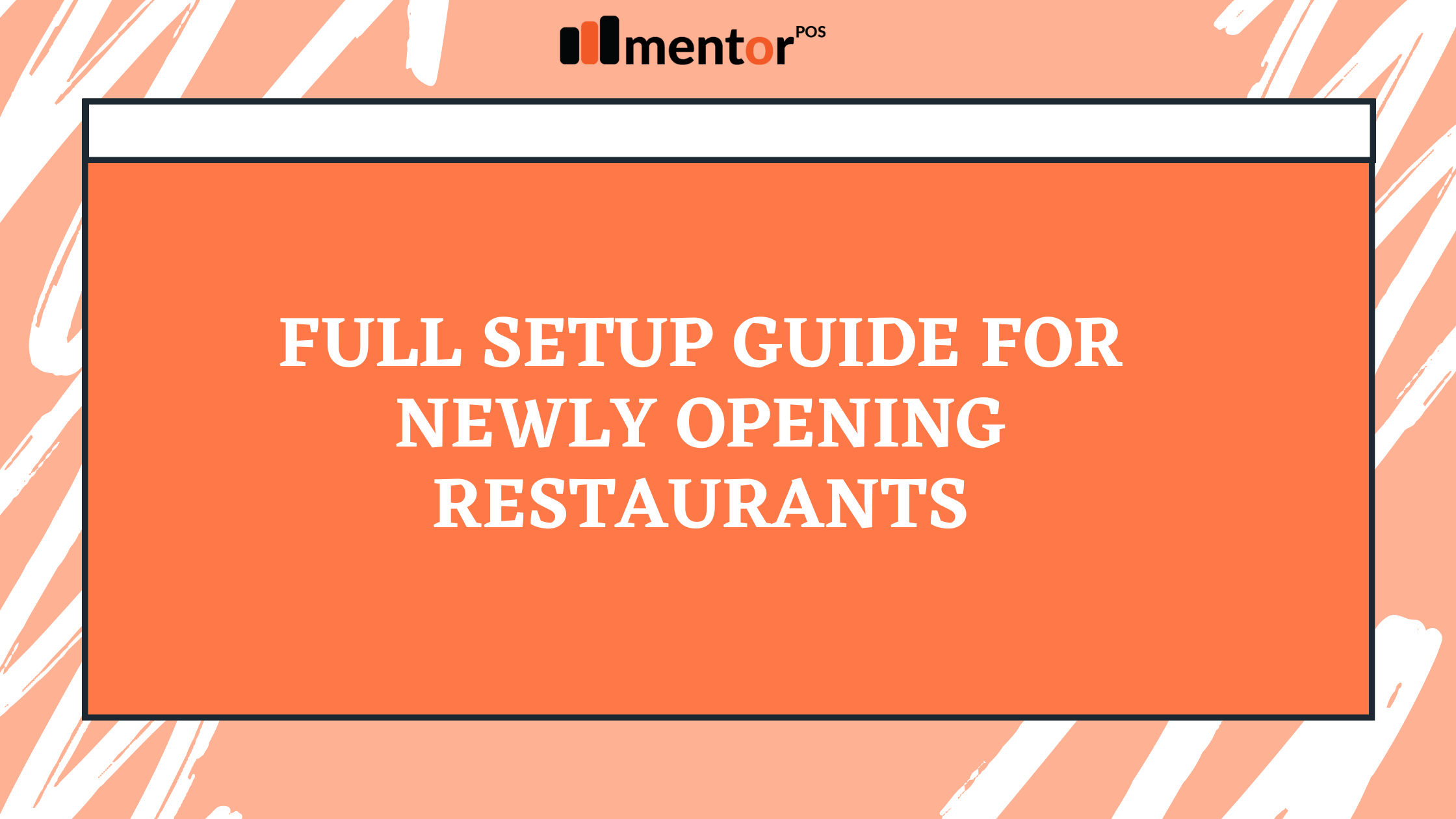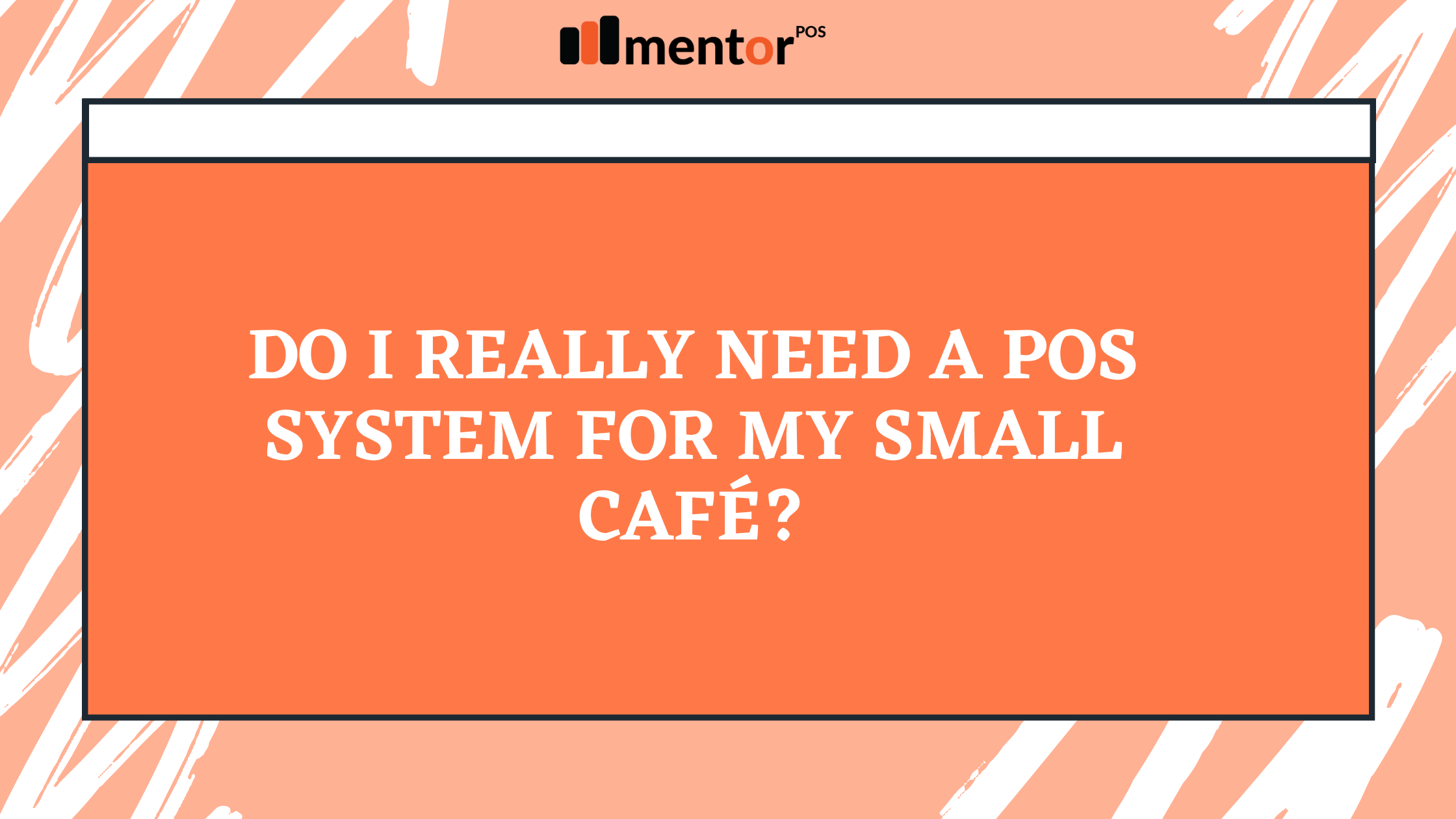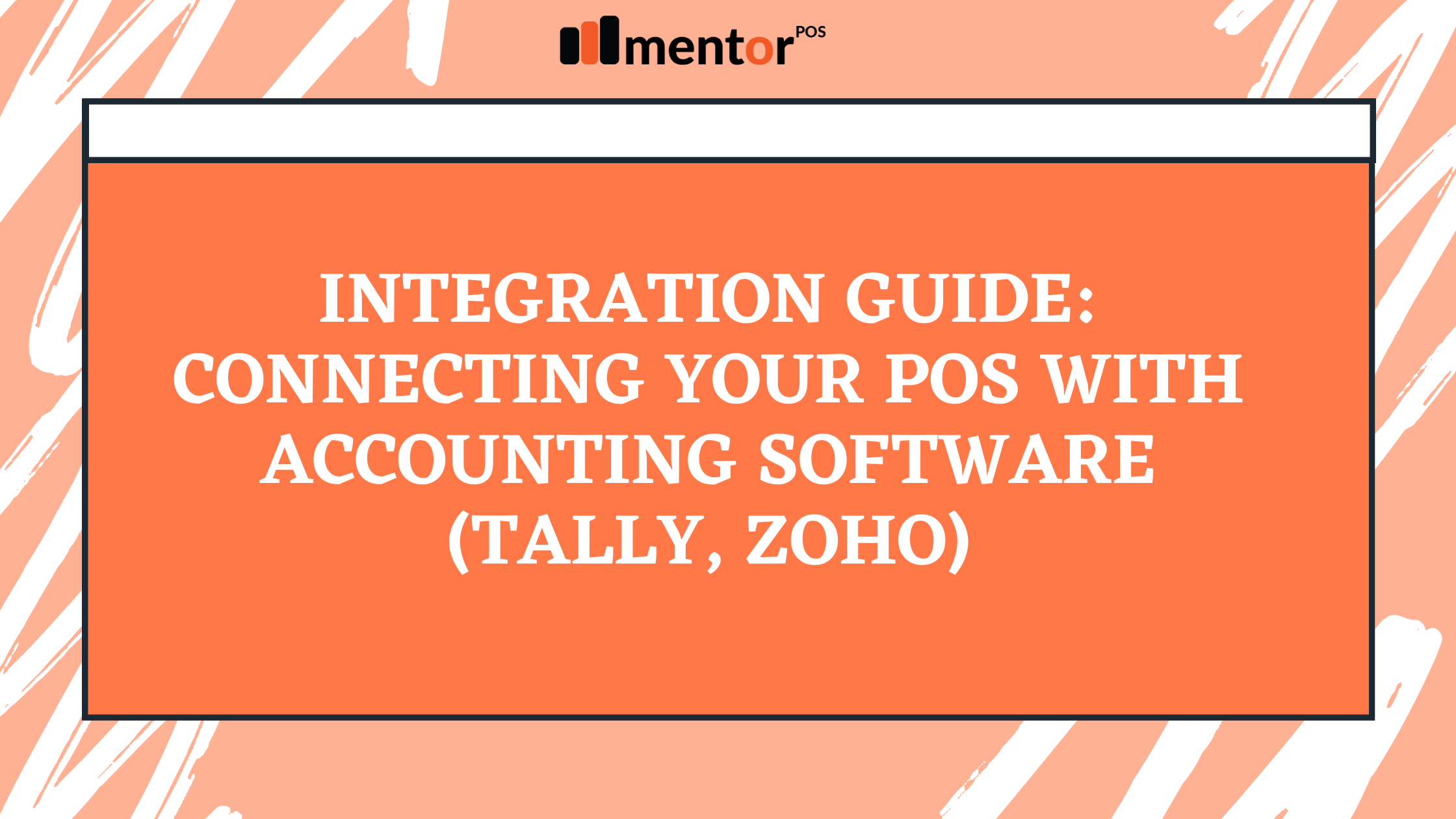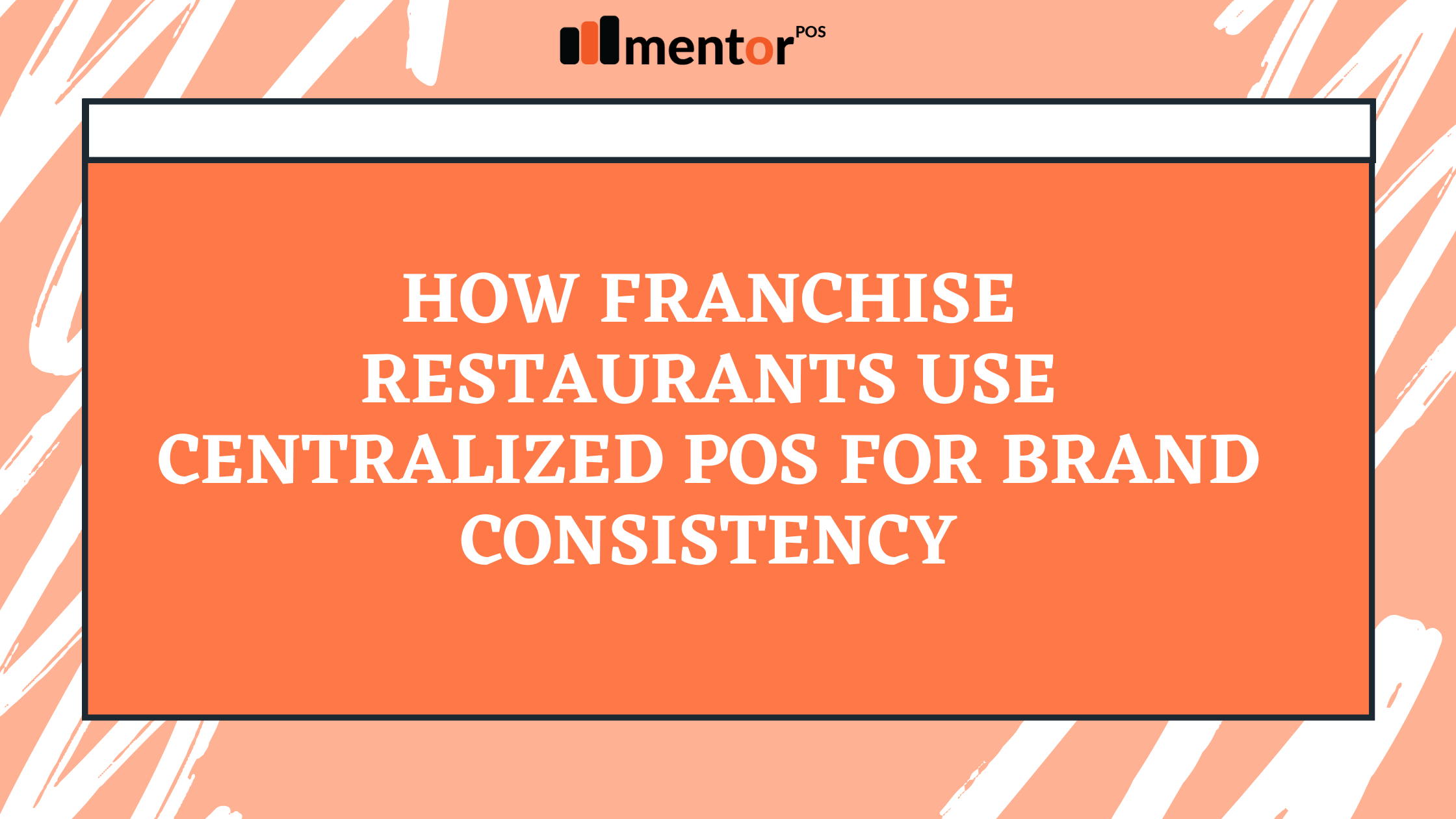Opening a new restaurant is an exciting journey filled with passion, creativity, and vision. Whether it’s a cozy café, a fine dining space, or a quick-service joint, setting up a restaurant the right way is crucial for long-term success. From concept and licensing to layout design and POS integration — every detail matters.
This step-by-step guide will walk you through everything you need to set up your restaurant efficiently and successfully.
1. Define Your Concept and Target Audience
Every great restaurant begins with a concept.
Before you even think about menus or interiors, define what kind of experience you want to create.
Ask yourself:
- What type of restaurant are you opening — casual dining, café, QSR, fine dining, or delivery-based?
- Who is your ideal customer — office goers, families, students, or tourists?
- What cuisine will you specialize in — Indian, continental, fusion, or regional?
Having a clear concept helps you shape your brand identity, design, menu, and marketing efforts cohesively.
2. Choose the Perfect Location
Location can make or break a restaurant. Choose a space that aligns with your target customers and concept.
Key considerations include:
- Visibility and accessibility: A main-road location with easy parking attracts more walk-ins.
- Footfall and demographics: Study nearby offices, schools, or residential areas.
- Competition: Analyze nearby restaurants — too many similar offerings may reduce your edge.
- Rent and licenses: Ensure the property is zoned for commercial food business and all necessary permissions are obtainable.
Tip: A slightly smaller restaurant in a high-footfall area often performs better than a large one tucked away in a quiet corner.
3. Get the Right Licenses and Permits
Before serving your first dish, legal compliance is a must. Indian restaurants typically require:
- FSSAI License: For food safety and hygiene compliance.
- Trade License: From the local municipal authority.
- GST Registration: For tax compliance.
- Fire and Health NOC: For safety and sanitation standards.
- Liquor License: (If applicable).
- Shop and Establishment License: For staff and operational regulations.
Obtaining these in advance saves you from fines and operational delays later.
4. Plan Your Restaurant Layout and Interior Design
A great restaurant experience isn’t just about food — it’s about ambiance and flow.
Focus on three main areas:
- Dining Area: Comfortable seating, appealing lighting, and adequate spacing for movement.
- Kitchen Layout: Designed for efficiency — separate zones for preparation, cooking, and plating.
- Storage and Inventory Space: Proper shelving and refrigeration to keep ingredients fresh.
If budget allows, hire a professional interior designer who specializes in hospitality. The goal is to blend aesthetics with practicality.
5. Design Your Menu Strategically
Your menu is your identity. Keep it appealing, clear, and cost-effective.
- Include dishes that align with your restaurant’s theme.
- Balance between popular favorites and signature dishes.
- Consider food costs — pricing should offer profit without alienating your audience.
- Update your menu seasonally to keep regulars interested.
A digital menu board or tablet menu integrated with your POS system can make updates much simpler.
6. Invest in the Right POS System
A robust Point of Sale (POS) system is no longer optional — it’s the brain of your restaurant operations.
With software like MentorPOS, you can:
- Manage billing, inventory, and kitchen orders in real time.
- Track sales by day, hour, or dish.
- Monitor restaurant performance remotely.
- Simplify recipe and ingredient management.
- Handle dine-in, delivery, and takeaway orders from a single screen.
A good POS system not only reduces human error but also provides data-driven insights to grow your restaurant efficiently.
7. Hire and Train Your Staff
Your team is your biggest asset. Hire skilled and enthusiastic people for all departments — chefs, servers, cashiers, cleaners, and managers.
Invest time in:
- Training programs on customer service, hygiene, and POS operations.
- Standard Operating Procedures (SOPs) to ensure consistency.
- Team motivation, because happy employees create happy customers.
8. Source Quality Vendors and Equipment
Choose reliable suppliers for everything from fresh produce to kitchen appliances. Ensure your kitchen has:
- Commercial-grade stoves, refrigerators, and dishwashers.
- Adequate ventilation systems.
- Proper waste management facilities.
Set up regular vendor contracts to ensure steady supply at competitive prices.
9. Build an Online Presence
In today’s digital age, your restaurant’s online visibility is as important as its physical presence.
- Create profiles on Google My Business, Zomato, and Swiggy.
- Maintain an engaging Instagram and Facebook page.
- Collect online reviews and respond to them.
- If possible, launch your own website or app for direct ordering — something MentorPOS can help integrate seamlessly.
Digital visibility builds credibility and helps attract tech-savvy diners.
10. Soft Launch and Feedback
Before your grand opening, consider a soft launch. Invite friends, family, or influencers to test your menu and service.
Collect their feedback and make small adjustments. This phase allows you to fine-tune operations, fix workflow issues, and train staff under real conditions.
11. Market Your Grand Opening
Create buzz before your big day!
- Offer introductory discounts or free tastings.
- Collaborate with local influencers or food bloggers.
- Use social media ads to target nearby audiences.
- Hand out flyers or posters in residential and office areas.
A strong start creates word-of-mouth momentum that can drive your first few months of growth.
12. Monitor, Optimize, and Grow
Once you’re open, success lies in continuous improvement.
Use POS data to identify bestsellers, track sales trends, and reduce wastage. Regularly review staff performance, customer feedback, and marketing ROI.
As you grow, replicate your model in new locations — and with the right POS system, managing multiple branches becomes easy.
Conclusion
Starting a restaurant is not just about passion for food — it’s about combining creativity, compliance, and technology. From obtaining the right licenses to choosing a smart POS like MentorPOS, every step plays a key role in long-term success.
With proper planning, digital efficiency, and dedication, your restaurant can quickly go from “just opened” to “most loved” in no time.







